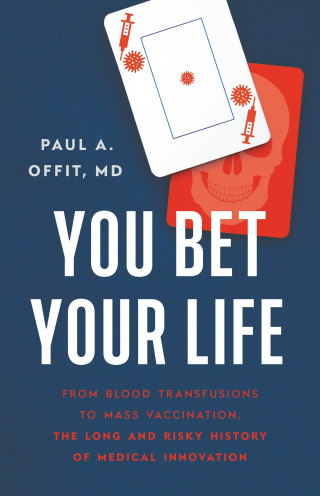Would you have chosen to have received a blood transfusion in 1667?
Actually, you wouldn’t have had the choice. In 1667, Pope Innocent XI signed an order banning the procedure for Catholics, arguing that doctors performing it were playing God. Two years later, the French parliament enacted its own ban, and 11 years after that, the English parliament did the same. More than 200 years passed before anyone dared to try again.
Decision Point #2
Once the bans faded, doctors began to experiment with human-to-human transfusions, but transfusion reactions were still a problem. Then, in 1901, Karl Landsteiner, a young researcher working in Vienna, Austria, found the cause of transfusion reactions. Landsteiner took serum and red blood cells from colleagues and identified two different proteins (A and B) on the surface of red cells, which could be present alone or in combination, producing the A, B, and AB blood types. Blood without either of these proteins was labeled type O. Landsteiner found that serum from someone with type A blood destroyed red cells from someone with type B blood, and vice versa, causing potentially fatal reactions. Landsteiner’s findings allowed for the first successful human-to-human transfusions.
In 1907, Reuben Ottenberg, a 25-year-old doctor at Mount Sinai Hospital in New York, became the first person to transfuse blood from one person to another using Landsteiner’s blood types as a guide.
Would you have chosen to have received a blood transfusion in 1907?
Unfortunately, some blood transfusions with the right type of blood still caused serious reactions. As it turned out, Landsteiner wasn’t quite finished. In 1919, he identified yet another protein on the surface of red blood cells: Rh (so-called because he found it in rhesus monkeys). This was especially a problem during pregnancy when mothers who were Rh negative carried a baby who was Rh positive, with occasionally fatal results. As a consequence, marriages between Rh-negative women and Rh-positive men were prohibited. But better donor matching brought about by Landsteiner’s discoveries had virtually eliminated transfusion reactions.
Decision Point #3
By the 1930s, physicians had syringes, needles, stopcocks, and glass tubes coated with paraffin that eliminated the need for direct artery-to-vein transfusions. Further, by adding a 0.2 percent solution of sodium citrate, blood could be prevented from clotting, allowing blood to be stored. Blood banks were born and blood transfusions became more commonly available.
Would you have chosen to have received a blood transfusion in 1930?
Around this time, it became clear that the risks of this procedure did not end with transfusion reactions. By the late 1930s, measles, malaria, and syphilis infections had been linked to blood transfusions; many of these cases were fatal. The number of transfusion deaths, however, paled in comparison to the toll from a blood-product-borne outbreak that occurred in the early 1940s.
